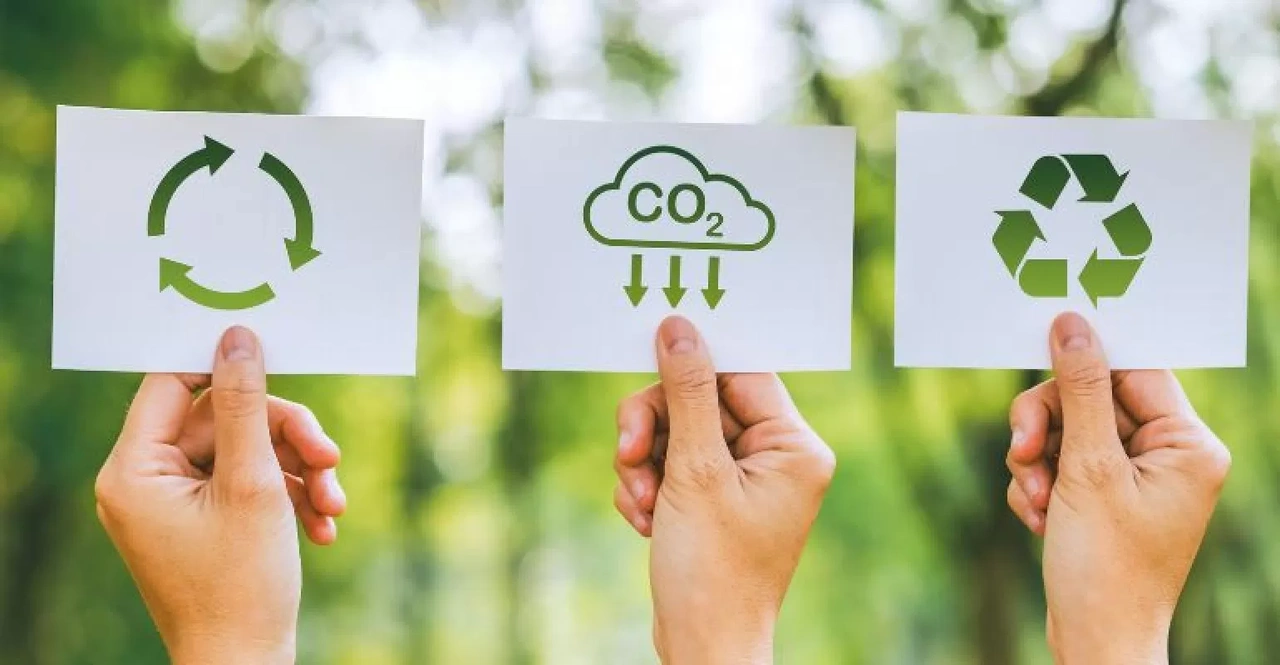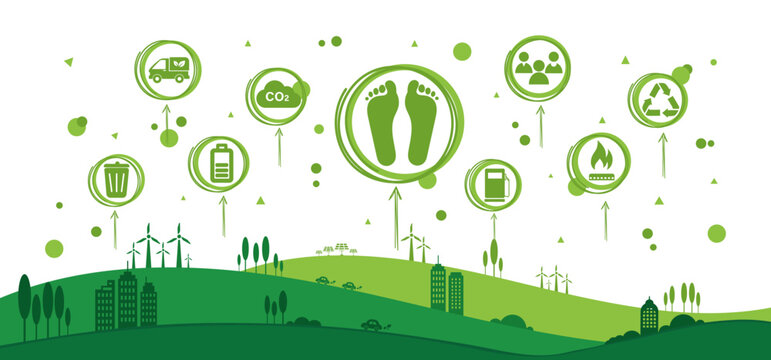
Carbon Footprint Reduction
Reducing your carbon footprint means taking steps to
There are many practical ways to shrink your carbon footprint. One of the most effective approaches is to cut down on energy consumption by using energy-efficient appliances, switching to renewable energy sources, and being mindful about electricity and heating usage. Transportation is another major factor; choosing public transit, biking, walking, or driving electric or fuel-efficient vehicles can significantly reduce emissions.
Waste reduction also plays a big role. By recycling, composting, and cutting back on single-use plastics, we help limit the production and disposal processes that release harmful gases. Additionally, making thoughtful dietary choices—such as eating more plant-based foods and reducing meat and dairy consumption—can lower the emissions linked to food production.

Why Carbon Footprint Reduction Matters
Greenhouse gas emissions are a primary driver of climate change, leading to rising global temperatures, sea-level rise, and extreme weather events. By actively working to reduce these emissions, we can mitigate these adverse effects and promote a healthier planet for future generations.
In short, reducing your carbon footprint is about making smarter, more sustainable decisions in everyday life. Small changes, when multiplied across communities and nations, can have a powerful impact in the fight against climate change and in creating a healthier planet for future generations.

Strategies for Reducing Your Carbon Footprint
1. Energy Efficiency and Renewable Energy :
Enhancing energy efficiency is a powerful way to lower emissions. This can be achieved by:
- Using energy-efficient appliances and lighting systems.
- Implementing proper insulation and weatherization in buildings.
- Switching to renewable energy sources like solar or wind power.
According to the International Energy Agency, improving energy efficiency could contribute to over 40% of the greenhouse gas emissions reductions needed to meet global climate goals by 2040.
2. Sustainable Transportation :
Transportation is a significant source of carbon emissions. Reducing reliance on fossil-fuel-powered vehicles can be accomplished by:
- Opting for public transportation, biking, or walking.
- Using electric or hybrid vehicles.
- Reducing air travel and considering virtual meetings when possible.
In New York, for instance, the transportation sector accounted for approximately 28% of statewide greenhouse gas emissions in 2019.
3. Waste Reduction and Recycling :
Minimizing waste helps decrease the emissions associated with production and decomposition. Effective strategies include:
- Recycling paper, plastics, and metals.
- Composting organic waste.
- Reducing the use of single-use plastics.
Implementing these practices can significantly lower the carbon footprint of both individuals and businesses.

4. Sustainable Dietary Choices :
Food production, especially meat and dairy, contributes substantially to greenhouse gas emissions. Making conscious dietary choices can help:
- Reducing meat and dairy consumption.
- Choosing locally sourced and seasonal foods.
- Minimizing food waste through proper planning and storage.
These changes not only benefit the environment but also promote personal health.
5. Supply Chain Optimization :
For businesses, evaluating and improving supply chain practices can lead to significant emissions reductions:
- Partnering with suppliers committed to sustainability.
- Encouraging the use of renewable energy in production processes.
- Implementing efficient logistics and transportation methods.
Companies like BMW have successfully reduced emissions by requiring suppliers to use renewable energy, demonstrating the impact of supply chain management on carbon footprints.
Kinetic Span's Commitment
At Kinetic Span, we offer tailored solutions to assist in carbon footprint reduction:
- Consultation Services: Assessing current practices and identifying areas for improvement.
- Implementation Strategies: Developing and executing plans for energy efficiency, waste reduction, and sustainable sourcing.
- Monitoring and Reporting: Tracking progress and ensuring compliance with environmental standards.
By partnering with us, you take a proactive step towards environmental stewardship and contribute to the global effort against climate change.

At Kinetic Span, we help individuals and organizations reduce their carbon footprint by offering tailored solutions that address energy use, transportation, waste, and supply chain practices. Reducing greenhouse gas emissions—like carbon dioxide and methane—is essential in combating climate change and creating a healthier planet. Our services focus on improving energy efficiency, promoting sustainable transportation and dietary habits, minimizing waste, and optimizing business operations. Through expert consultation, strategic implementation, and regular monitoring, we empower our clients to make smarter, more sustainable choices that have a lasting environmental impact.
From Homes to Industries — Tailored Water Audit Solutions That Save Costs & Resources.
© 2025 Kinetic Span Pvt Ltd. All Rights Reserved.

